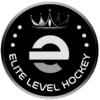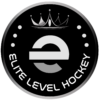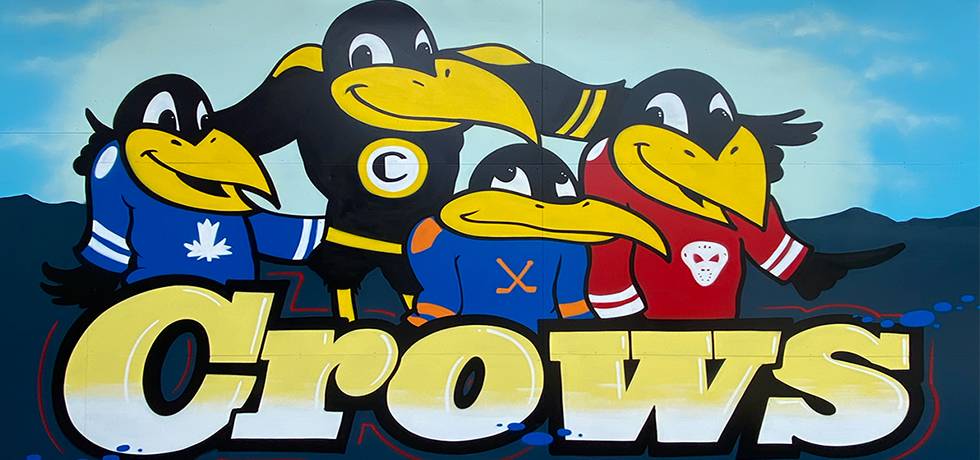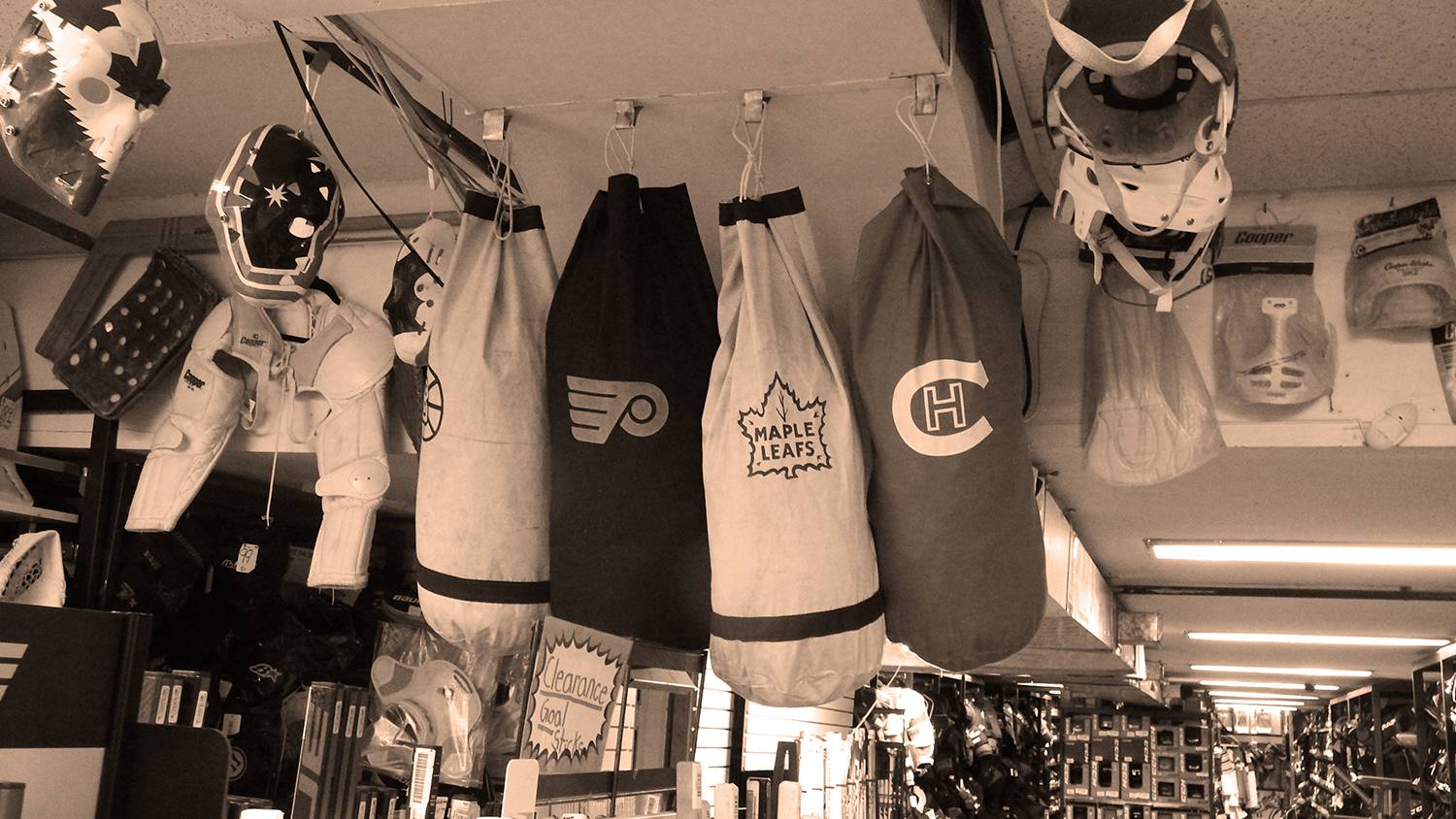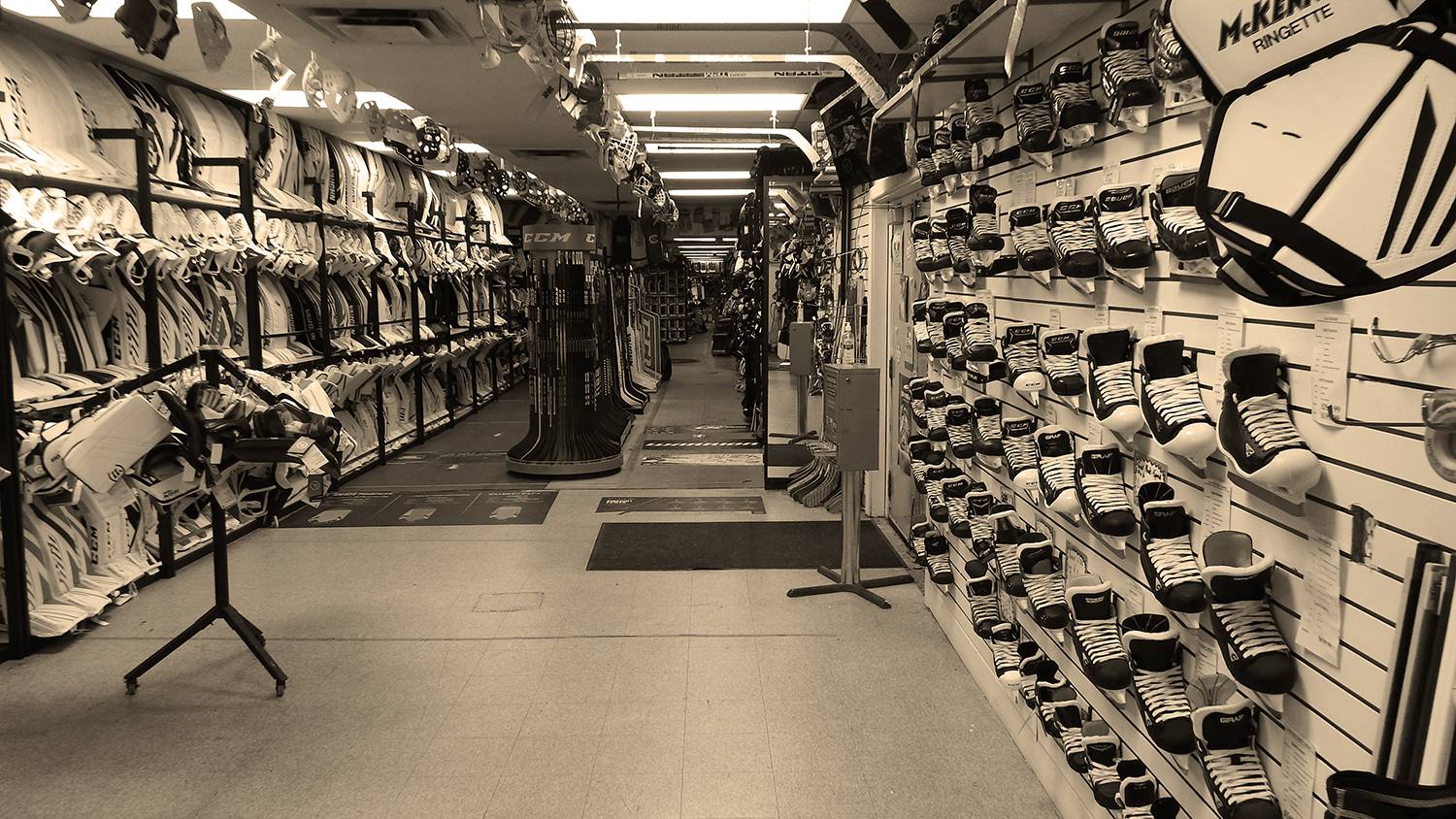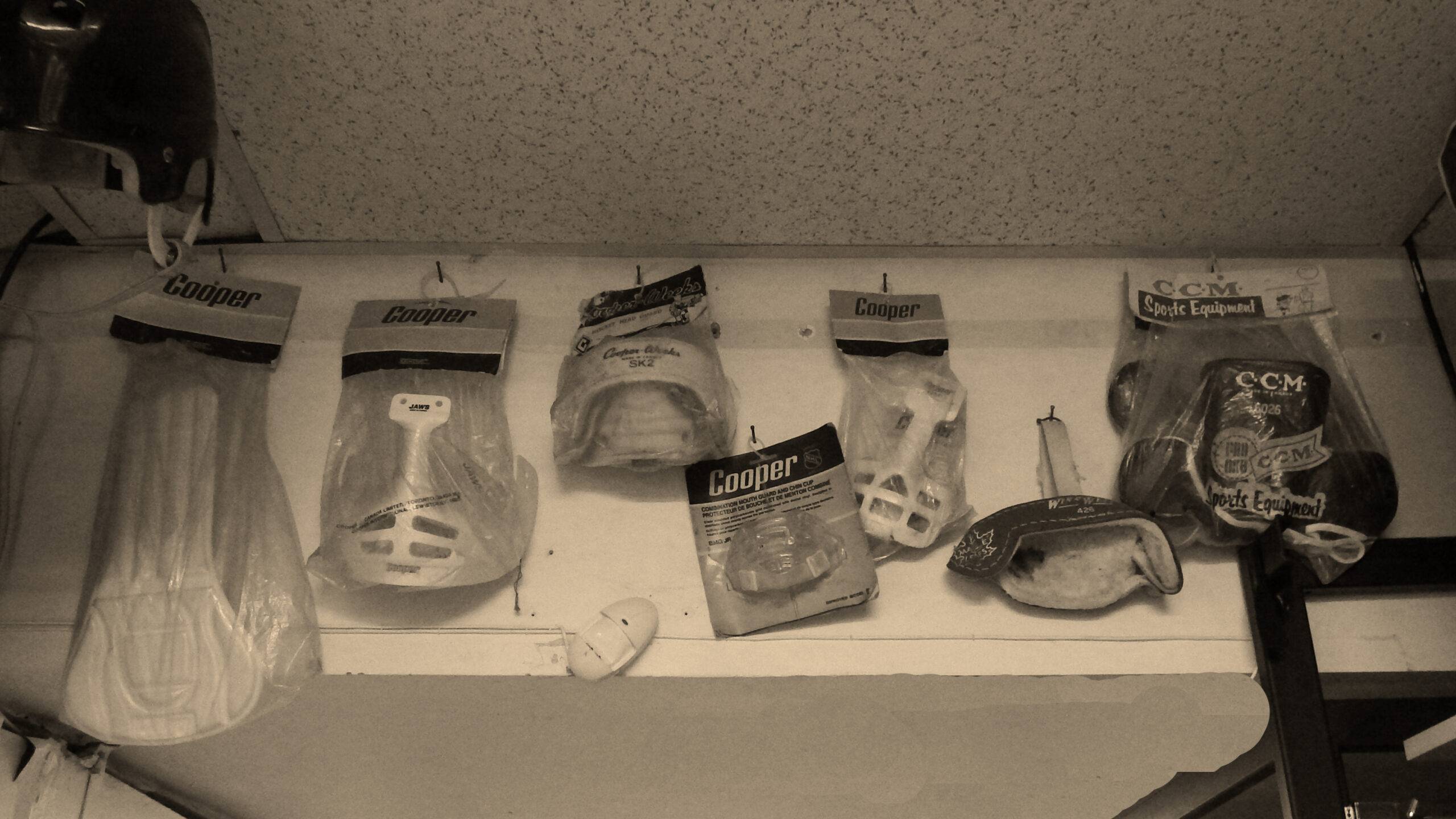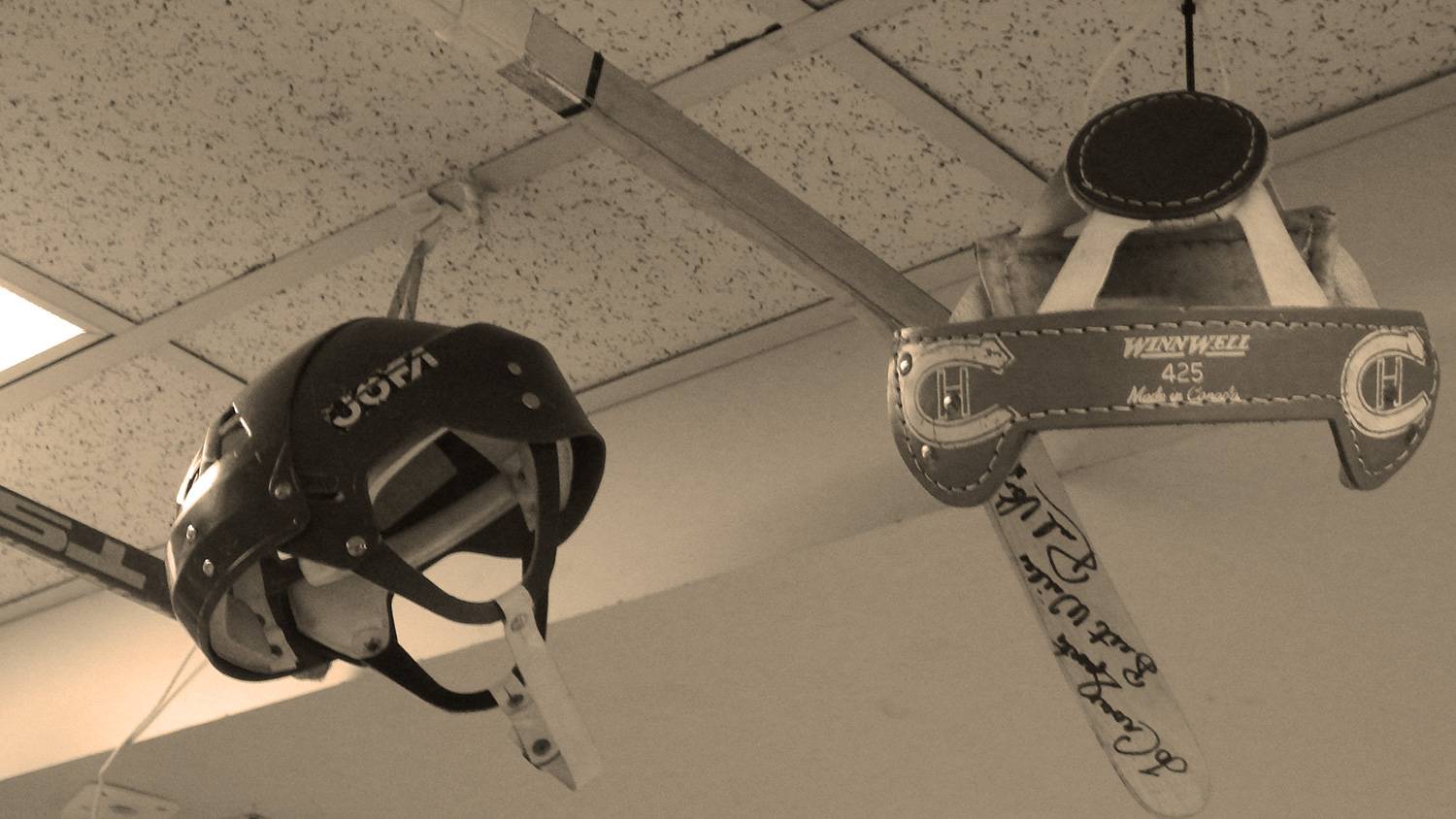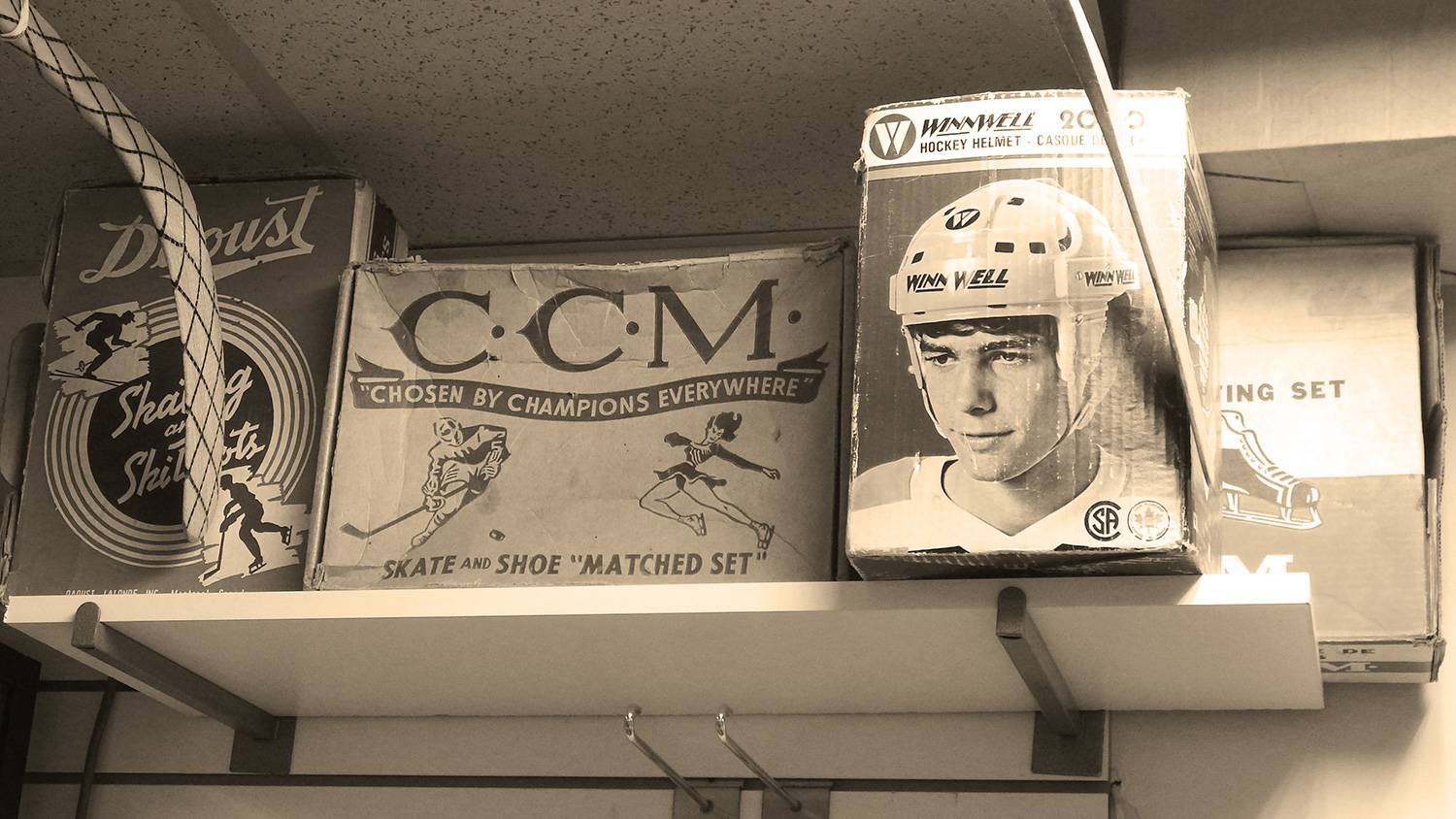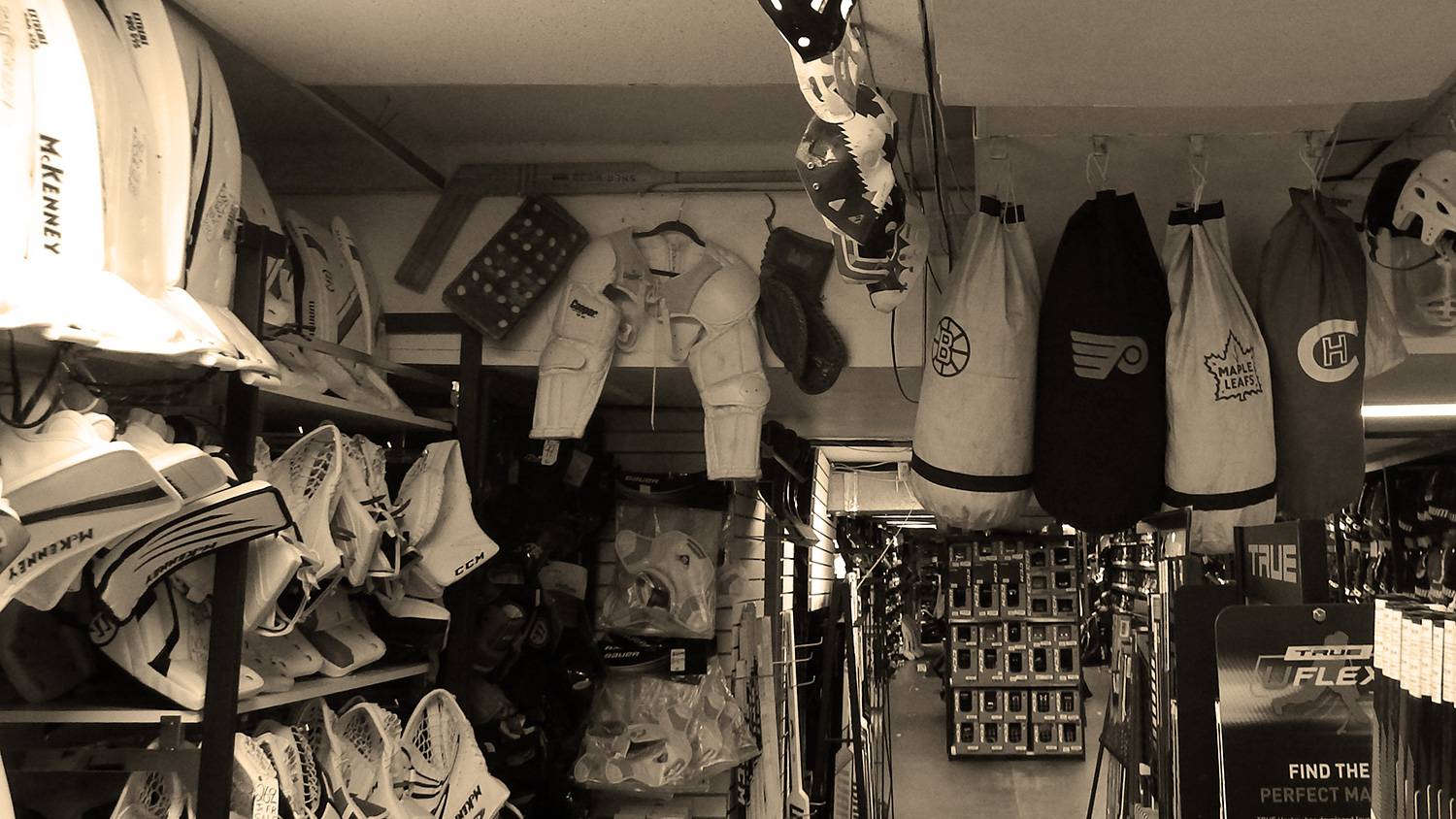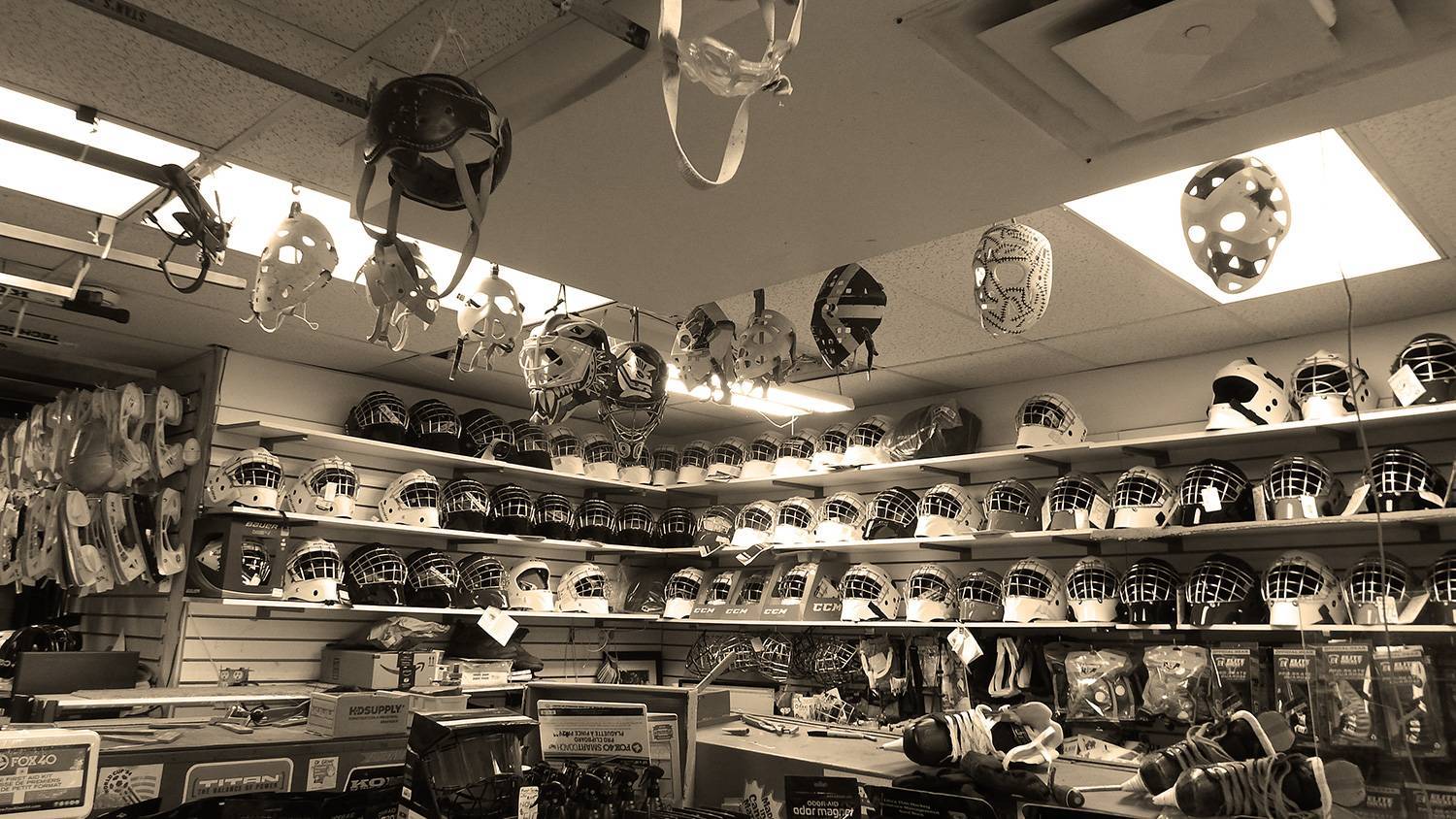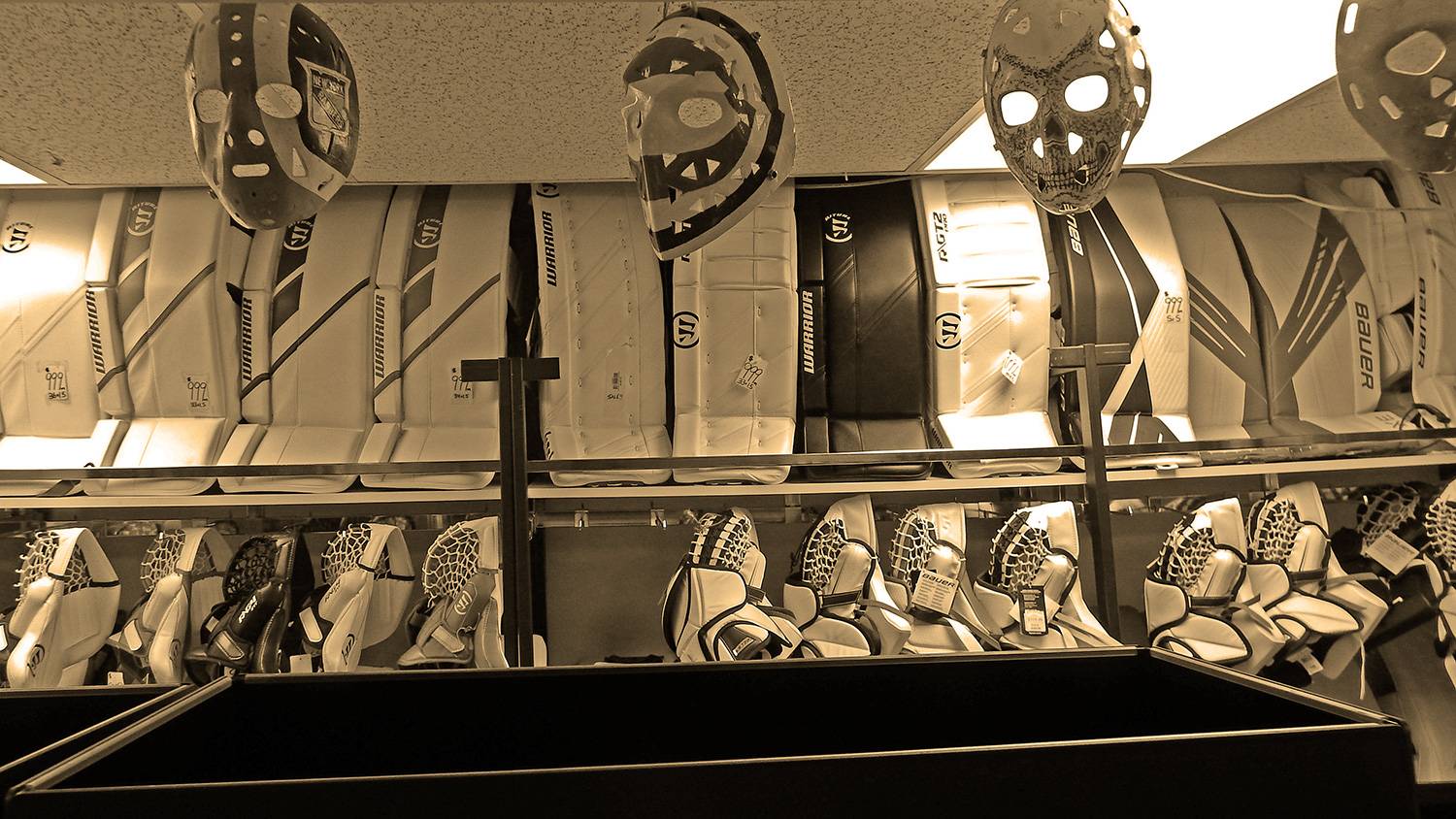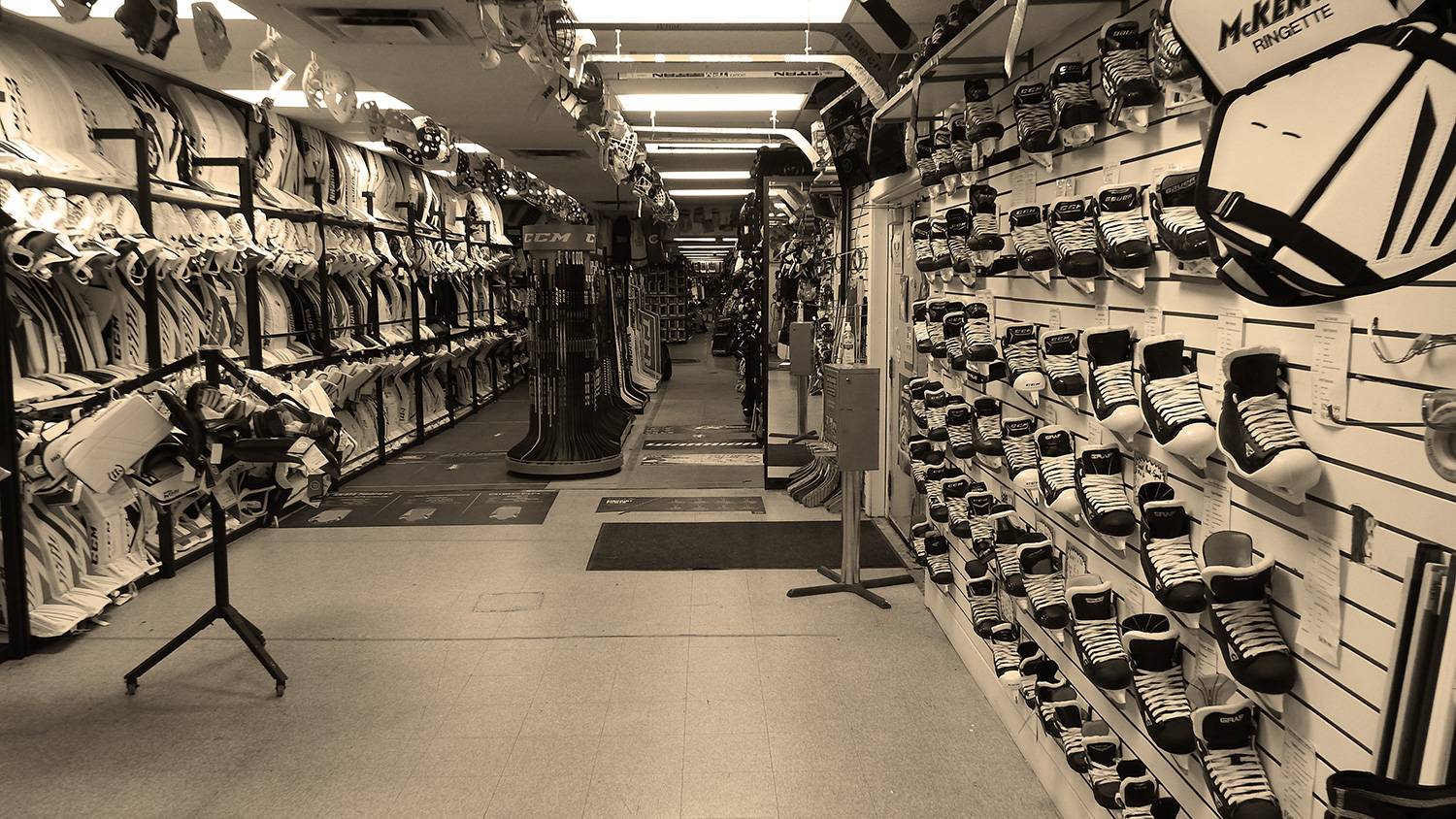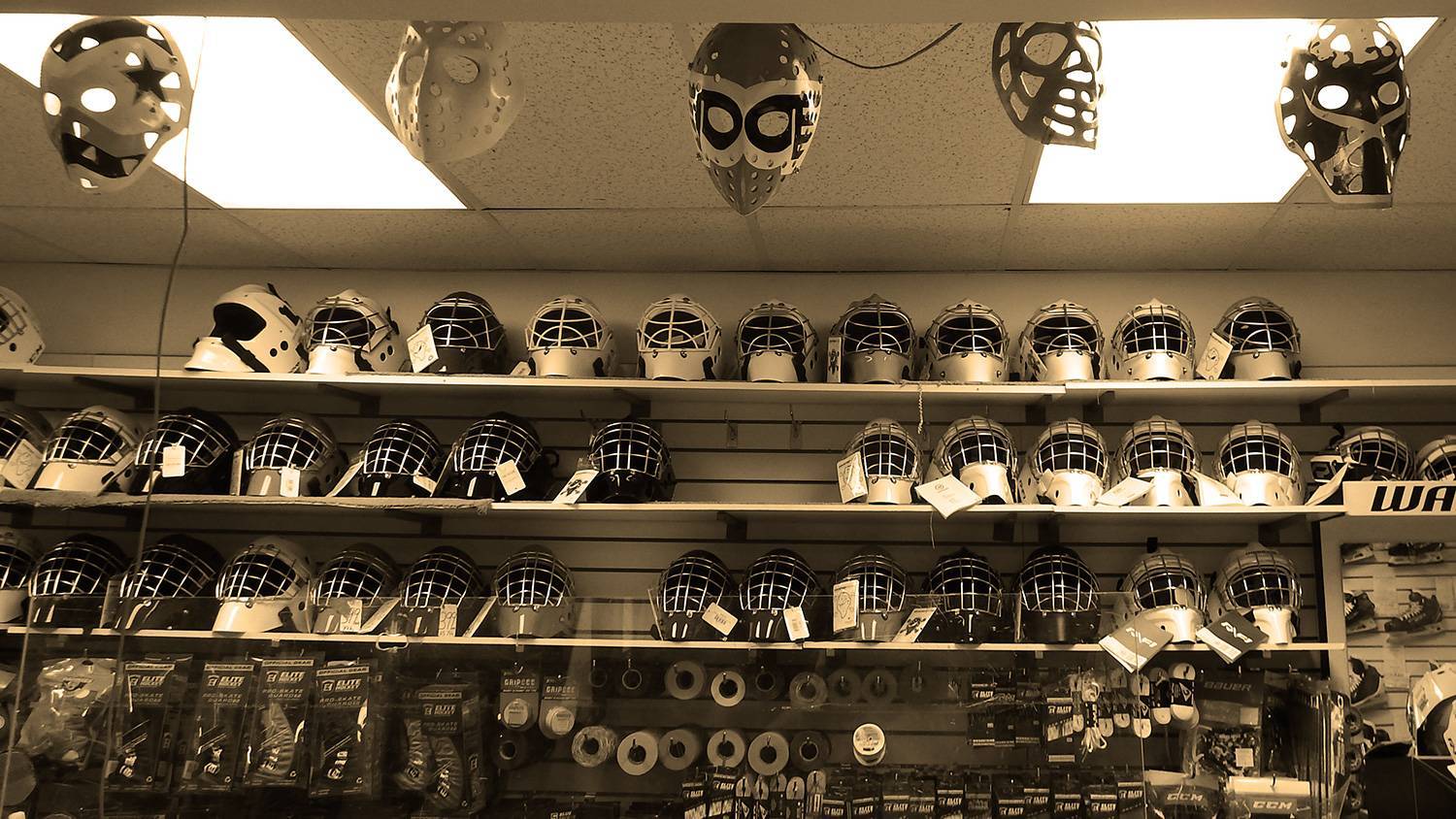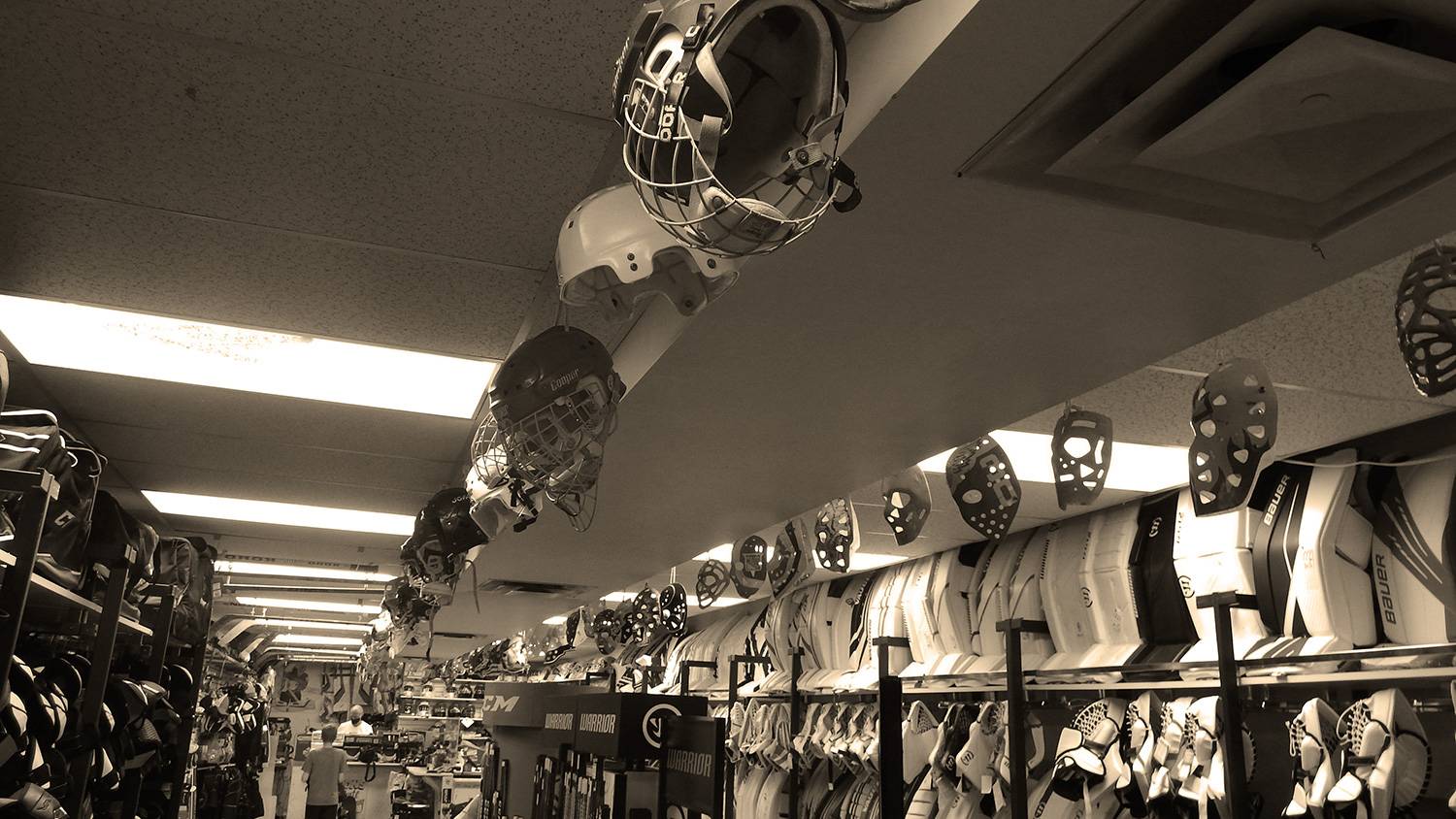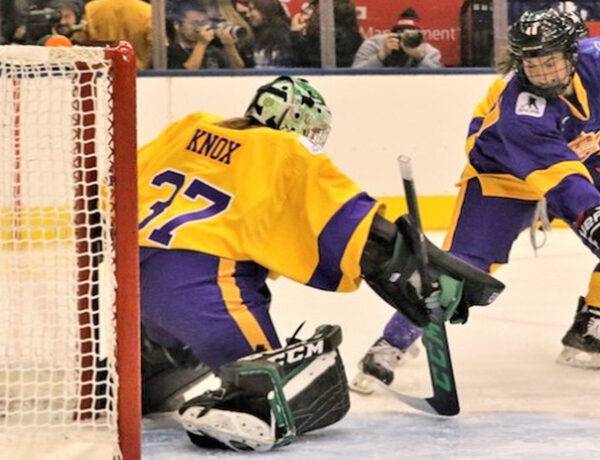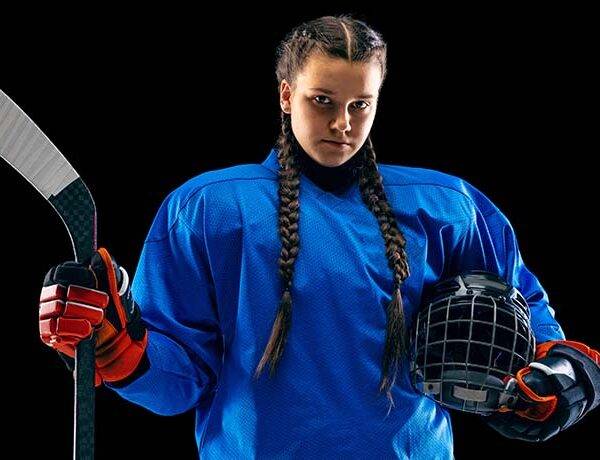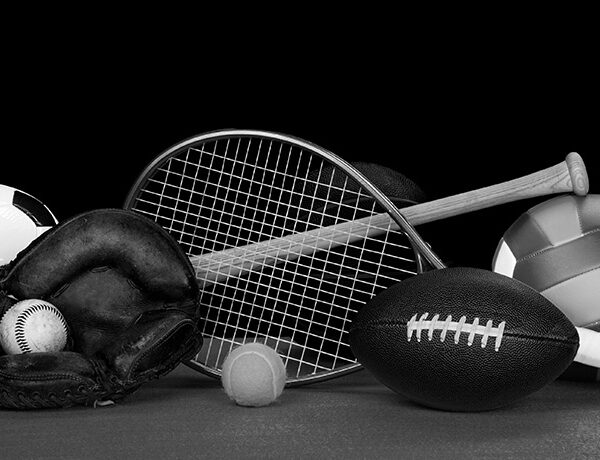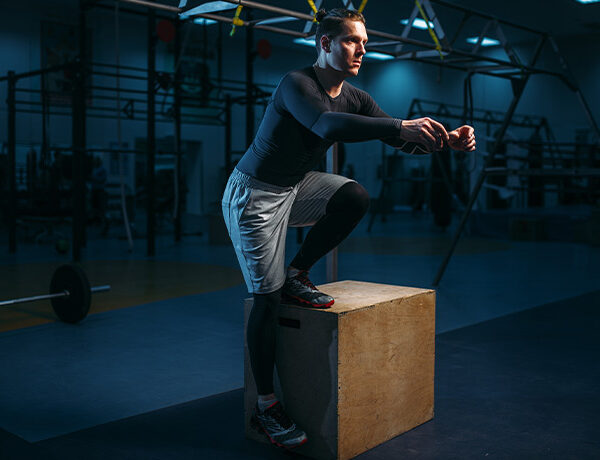The NHL’s greatest folk heroes are born from a desire to overcome adversity.
Whether it’s Mark Giordano’s rise from an undrafted defenseman to a Norris Trophy winner, goaltender Josh Harding’s unbelievable run with the Minnesota Wild while battling MS, or Jaromir Jagr’s interminable quest to be an immortal icon of hockey, a willingness to beat the odds is what defines generations of potential tentpoles of the sport.
Add 13-year-old Belfast native Blaze Shields-Pettitt to the list.
Pit against a litany of physical and mental illnesses, which include a weakened back due to Schorml’s Nodes, kidney conditions diagnosed in utero, bilateral hydronephrosis that challenges his hydration during games, as well as autism and ADHD, a glance at Blaze’s medical history doesn’t suggest the pedigree of an A-list goalie prospect.
Despite this, the young netminder has quickly propelled himself through the ranks of the native Irish hockey scene, serving as the backbone for the U16 Junior Belfast Giants and being recruited to backstop Team Ireland’s Inline hockey squad in 2020 (a tournament that was eventually canceled due to the COVID-19 pandemic).
“On the ice he can be Blaze, just Blaze,” explain Shield-Pettitt’s parents on his Facebook page. “Not the sick child, not the medical appointments and pain, just Blaze the goalie, and that means the world.”
The sense of normalcy has been a welcome addition to Blaze’s life. He maintains consistent physical therapy and takes special care to ensure he can stay hydrated during games, but in a community where he’s been accepted as just another member of the team, Blaze has found a sense of belonging and a chance to excel.
Even his mind can be at peace on the ice; while ADHD and autism present issues with attentiveness and processing, they can also be a boon to one’s concentration, allowing those with it to hyperfocus on things that make them feel happy or mentally invested, and Blaze has found that investment in hockey.
The 13-year-old first came across the sport after being brought to a Belfast Giants game by the Royal Belfast Hospital for Sick Children and was instantly enthralled by the game, especially goaltending position, filled then by long-time Giant Stephen Murphy (Murphy retired in July 2021 after 11 years with Belfast and a single season with the Manchester Storm).
Blaze was mesmerized by the athleticism and artistry of Murphy
“After the game, I told my parents that I wanted to learn to play as a goalie,” he said.
It wasn’t until January 2017 that Blaze would first try on skates. A late start to be sure, but in four short years he’s already bloomed into a bright prospect in a place that doesn’t see many.
“Some of the coaches Blaze has worked with … say Blaze does have the potential to become a professional,” his parents said. “He has the right mindset, the dedication to the position, but is also willing to listen to constructive criticism.”
If Blaze were to make it to the NHL, he would become just the sixth Irish-born player to do so, and the first goaltender. But the road to the show isn’t a simple one for someone in the growing goaltender’s situation.
While it’s normal for international prospects to make their way to the Canadian Hockey League for both development and scout attention — and Blaze certainly dreams of doing so — his individual circumstances mean his development is more likely to continue in his native Ireland.
“If he moved to Canada his medical insurance payments would be substantial,” caution his parents. “He has already been refused from private healthcare in the UK due to his kidneys being deemed a pre-existing condition.”
If Blaze remains in Europe, though, it would hardly deter his development. Between Inline and ice hockey the 15-year-old netminder has found his fair share of competition and consistently stood to face it.
He recently backstopped the U16 Giants to third-place in tournament play in Scotland, and aims to be named to Team Ireland’s Inline Hockey team once again.
“To get an Ireland jersey with my name and number on it would mean so much to me,” he said, adding that he aims to compete for a spot on Great Britain’s U18 Ice Hockey team as well.
Blaze undeniably has the skill and support to continue his `ascent through the hockey world, competing internationally and continually finding greater responsibility before he’s even learned to drive a car, but that’s not always enough.
Instead, what seems to help set Blaze apart from the crowd are his positive character, hard-nosed determination, and ability to persevere in the face of his own adversity.
It’s those skills, and the heart of a player, that will ultimately power him through the uphill climb of his career, and before long, maybe even into the annals of NHL history.

The post Autism Can’t Stop Irish Goaltender appeared first on Elite Level Hockey.
